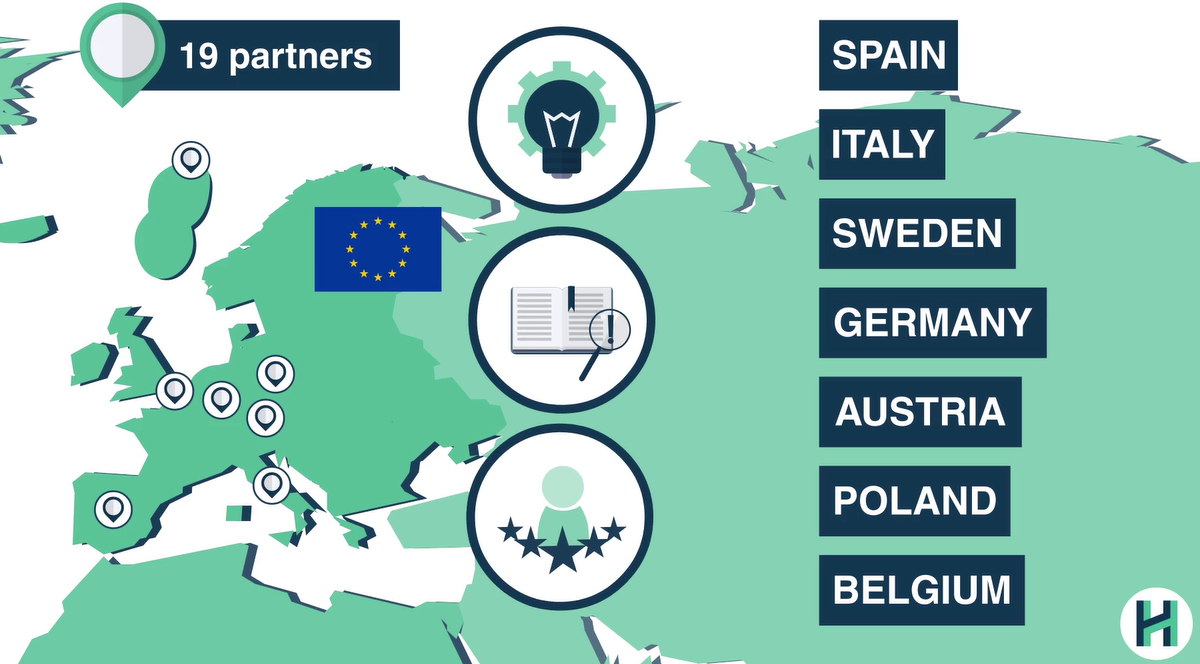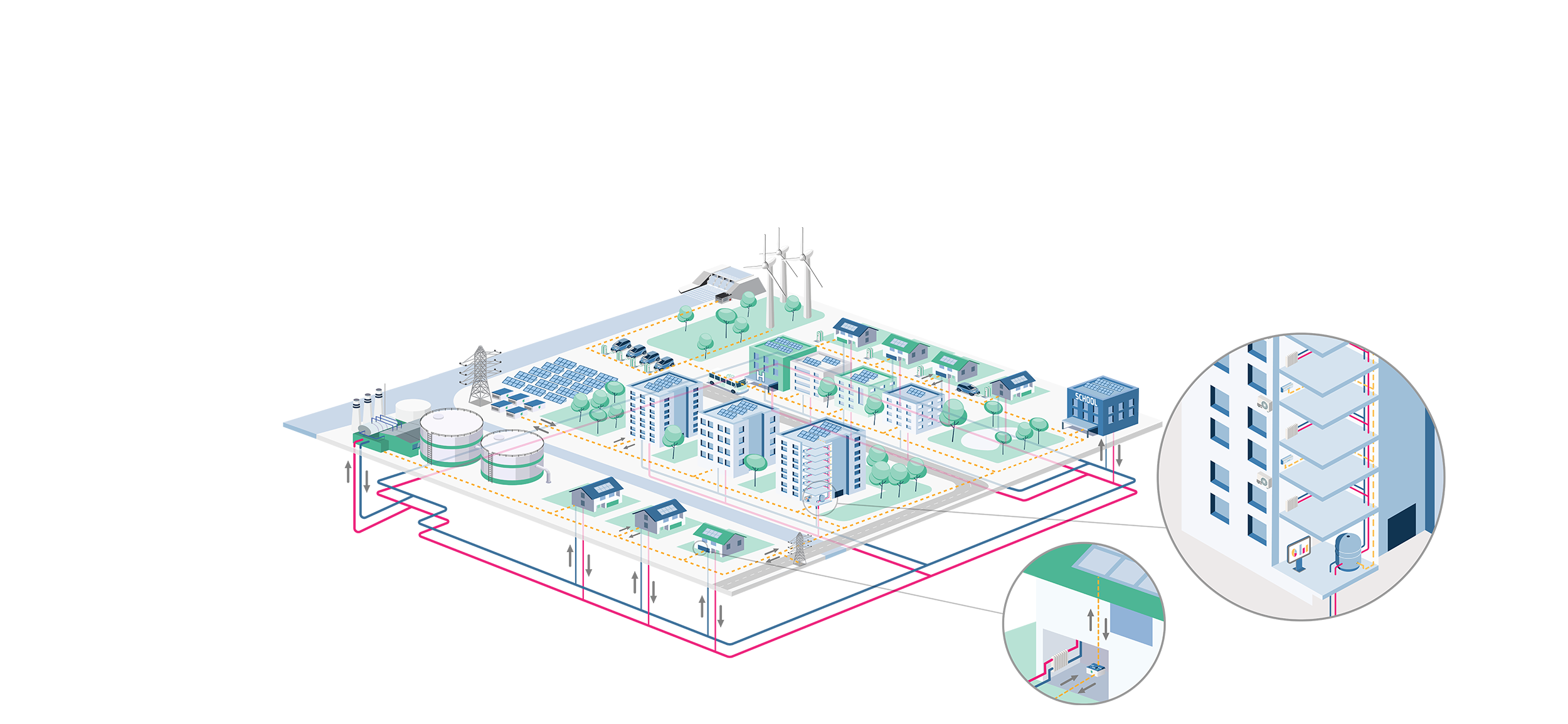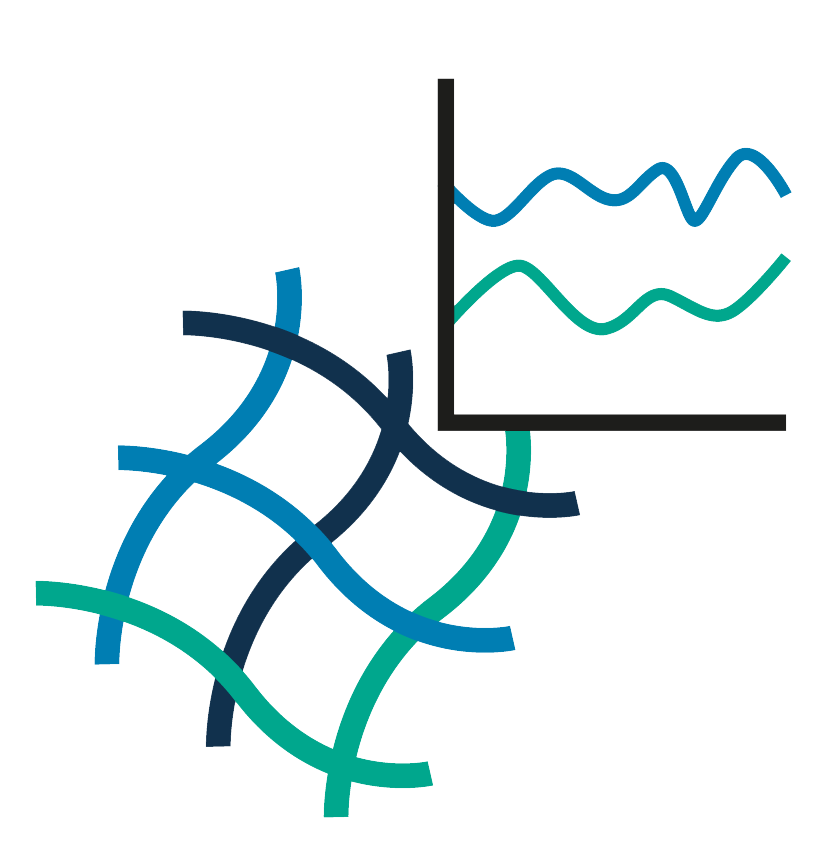
Hybrid Coupled Networks for Thermal-Electric Integrated Smart Energy Districts

What is HYPERGRYD
What is HYPERGRYD
Overall concept and technologies

What is HYPERGRYD
Overall concept and technologies

What is HYPERGRYD
Project tools and platform

The Challenges
4th and 5th generations of DHC still face several fundamental technical and social challenges
The integration of thermal and electric grids through a set of renewable-based, digitally-operated and user-centred solutions are key to accelerate the sustainable transition towards future 4th and 5th generations of District Heating and Cooling (DHC) and contribute to EU climate goals by 2050.
- Challenge 1: Integrate distributed and centralized Renewable Energy Sources (RES)-enabled technologies to empower the deployment of smart hybrid energy networks.
- Challenge 2: Improve and optimize overall system operation targeting the consumer environmental benefit, bringing together the key elements of the energy system (production, delivery and consumption).
- Challenge 3: Enhance customer participation in the overall grid energy management with energy exchange possibilities in the virtual marketplace.
- Challenge 4: Ensure flexibility and rapid deployment of the identified solutions while guaranteeing robust and secure energy supply by advanced Information and Communications Technology (ICT) solutions.
The Objectives
Smart Hybrid Grids: the combination of smart thermal and electric networks where all stakeholders drive their actions based on smart trading in Local Energy Communities and exergoeconomic models
HYPERGRYD is a 3,5-year research and innovation action project funded by the EU’s Horizon 2020 Programme aiming at six main objectives
Objective #1
Development of RES-based enabling technologies for DHC and integration with electrical grids for cost- and energy-efficient decentralized production, improved demand RES share at building and district levels and increased share of variable RES in Smart Hybrid Grids (SHG).
Objective #2
Development of innovative tools for RES-enabled District Heating and Cooling (DHC) planning and optimization for the effective improvement of planning solutions and increased RES share in 4th and 5th generations DHC.
Objective #3
Development of an integrated ICT platform for coupled networks and interfacing with existing grids, offering seamless transition between different specialized platforms to monitor, analyze and operate the whole system from different aspects and different lifecycle stages.
Objective #4
Objective #5
Objective #6
Creation of an exploitation and capacity building plan for wide scalability and replication of HYPERGRYD through user engagement.
The Impacts
- Ensure 60% RES penetration in the DH demand for the 4th generation system and 80% of RES penetration for the 5th generation scenario, reducing environmental emissions for H/C sectors
- Reduce the temperature level at 50º-60ºC in the 4th generation DHC and at 25ºC in the 5th generation, minimizing grid losses and increasing the integration of heat recovery from industrial sectors and electricity production
- Foster the sustainability of district heating and cooling networks connected to local RES, CHP and energy storage in terms of being adaptive and scalable to energy demand
- Promote the engagement of users in the energy transition by stimulating the indirect knowledge acquisition by means of innovative ICT solutions and energy storage, which both play key roles in demand side actors moving from consumers to prosumers
- Increase the primary energy saving respect to current scenario
The Solution
HYPERGRYD is an ambitious project which implements interdisciplinary actions addressing technical, regulatory and practical barriers towards Smart Hybrid Grids (SHG)
HYPERGRYD relies on 4 pillars following a holistic approach to promote integrations of smart grids, energy storage and increased share of renewable energy based on three main concepts: high dispatchability of RES, DHC and power-to-heat solutions and contextual ICT control strategies, and SHG production which will allow for significant gain in RES share of the overall demand of the urban districts.
Pillar 1
Technologies and ICT tools development
Development of cost-effective and energy-efficient technologies and software solutions, all of them integrated and operated through the HYPERGRYD platform.
Pillar 2
Validation campaign at TRL5
Validation of different technology packages under different operating conditions simulated in four Live-In-Labs to cover scenarios typical of a wide range of climates and DHC/grid typologies.
Pillar 3
User engagement
Strengthening of the market potential and raising awareness of different stakeholders, users and the wider public about HYPERGRYD solutions, and exploiting innovative trading schemes on LECs.
Pillar 4
Value chain creation and business models
Creation of tailored value chains for the proposed technologies and tools, strongly exploiting the HYPERGRYD Stakeholder Community and trying to identify the suitable business models and market opportunities in different European contexts. It also includes the identification of financing solutions to support the HYPERGRYD technologies market penetration.





